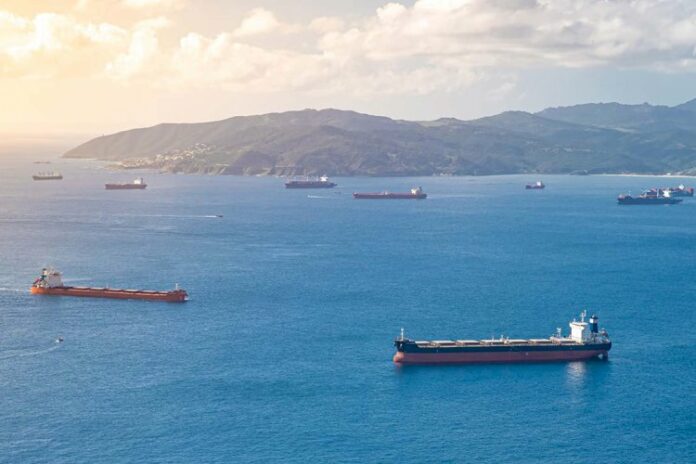In general terms, a more refined product has a shorter shelf life than crude oil. However, due to a vast range in characteristics, compositions and potential additives, it is difficult to exactly determine the shelf life for a particular cargo. So practically how can an owner and a vessel’s crew help protect themselves against a potential claim?
1. Good vapour management
From a basic operational perspective, careful vapour management is key. Excessive venting through PV valves can result in not only cargo losses but also lead to a change in the quality or specification of the cargo.
If venting is required, it is important to check that local regulations permit this. Some areas, such as California, do not permit tank vapour venting even as a means to control tank pressures arising from an increase in pressure due to diurnal variation.
2. Risk of decomposition
From a more complex perspective, the rate of decomposition of a refined cargo depends on many factors. These include the nature of the original crude, the distilling process, water content, additives used (anti-stat, antioxidant etc) and vessel-related factors such as tank coating condition.
A certificate of analysis and quality should be provided on loading and used as a reference for composition, additives and water content.
3. Monitoring the cargo
Monitoring by analysis may be the only way to truly know how well a cargo is surviving storage.
Before the vessel goes into storage mode, take samples of the cargo and have them tested in the presences of an independent surveyor.
When in storage mode, take regular samples and analyse them to determine the quality of the cargo. However, this level of analysis may be reliant on laboratories being located close by and is not always an option. If this is the case, then the vessel’s crew should continue to regularly take samples and check them visually for colour, viscosity and sediments as well as noting the odour.
In addition to this, take regular ullages and record them along with cargo temperatures, bottom soundings (such as free water and sediments), inert gas readings and external temperatures.
It is also important to record any controlled or uncontrolled venting and, if required, operation of the inert gas plant.



